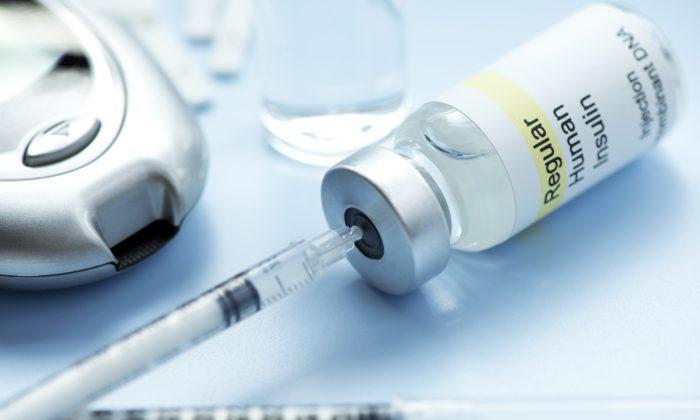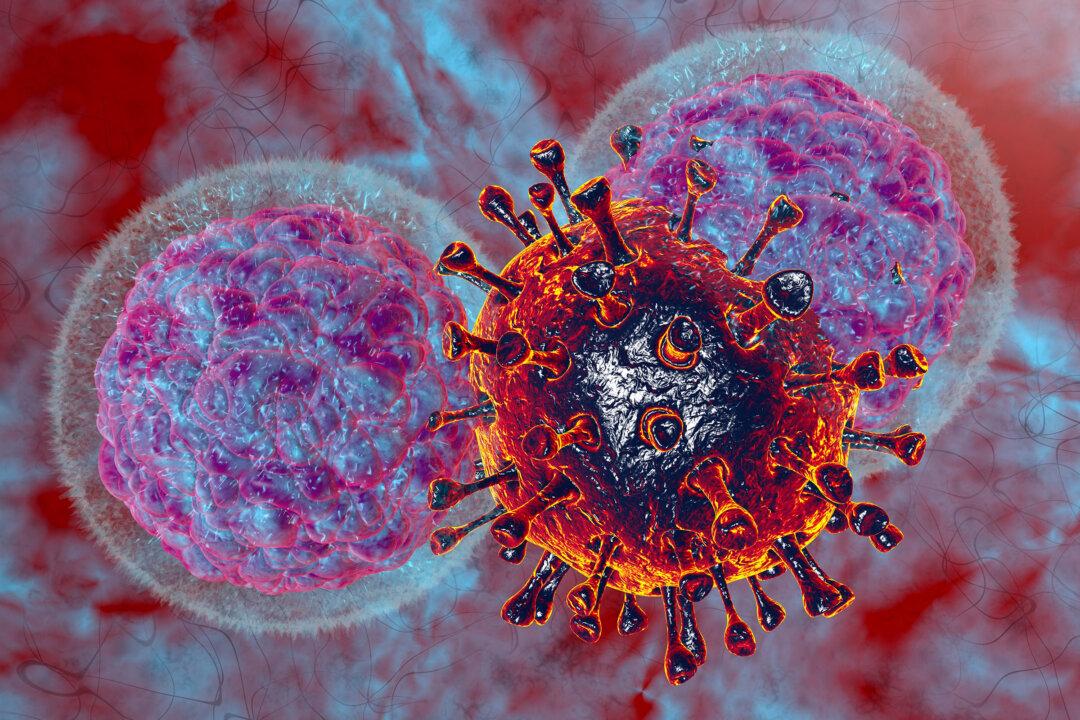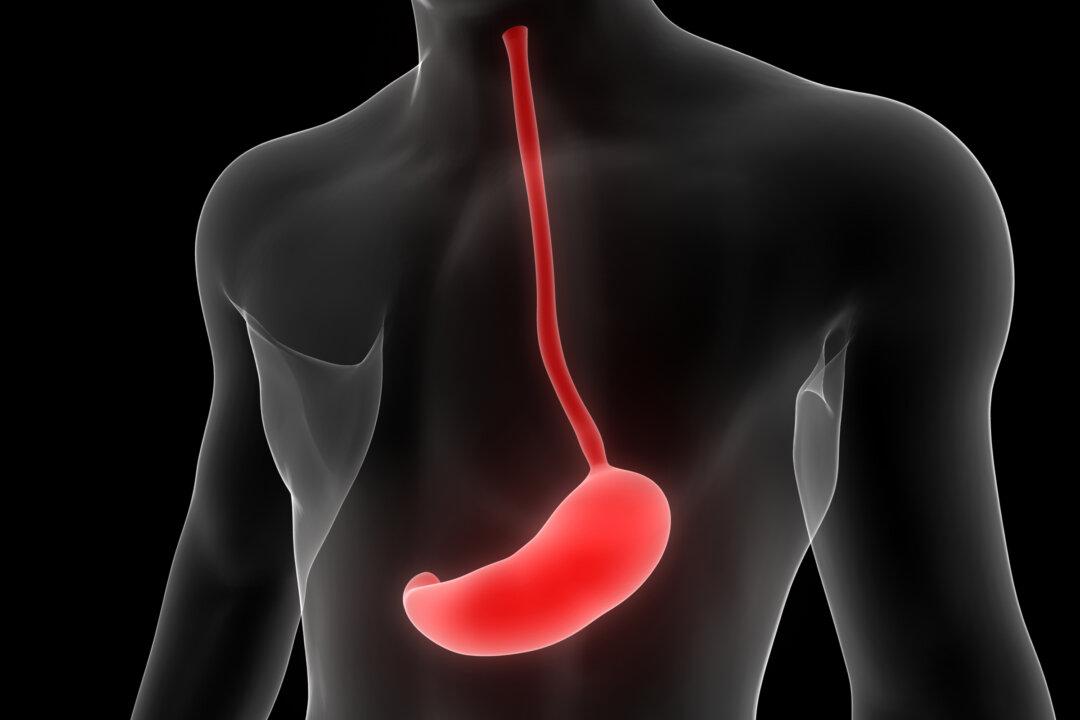The two-step diagnostic criteria is recommended by the Australasian Diabetes in Pregnancy Society and entails non-fasting patients ingesting a 50-g oral glucose solution followed by a 1-hour glucose measurement.
If the blood glucose level after 1 hour is over 200mg/dL, then no further testing is needed, and a diagnosis of GDM is made. If the blood level falls been 130mg/dL and 200mg/dL, then the patient undergoes a fasting 3-hour glucose tolerance test and GDM is diagnosed if two or more hourly glucose measurements are above specified thresholds.
The one-step criteria often results in a greater proportion amount of diagnosis as compared to the two-step approach, however, the author argued that the two-step approach results in a smaller proportion of diagnosis because there are variations in individuals with hyperglycaemia, a risk factor for GDM whereas for the one-step criteria, “women with even a mildly elevated measure of any of the three glucose measurements” will be diagnosed with GDM, thereby leading to possible false positives in diagnosis.
However, the research did not find much difference in the clinical results between the two groups as both had a similar proportion of large-for-gestational infants, preeclampsia, hypertension, and other risk factors for GDM.
“A significant proportion of the women who were assigned to the one-step arm of the trial underwent a two-step process. This reflects the real-world preferences of the women and clinicians who participated in the trial,” Doust and colleagues wrote.
The authors wrote that the broadened proportion of women being diagnosed can introduce potential for harm, including life disruptions for the women diagnosed as well as “a risk of more invasive forms of delivery in these women, and potential harms to the infant from restricted diets and the use of insulin,” supported by research conducted at the Kaiser Permanente Baldwin Park Medical Center in the U.S.
Currently, there still are ongoing trials aiming at comparing the two approaches, however, the authors concluded that there are “significant risks of harms and considerable burdens to women and health care systems” and called for a revisit of the diagnostic criteria for GDM in Australia.






Friends Read Free